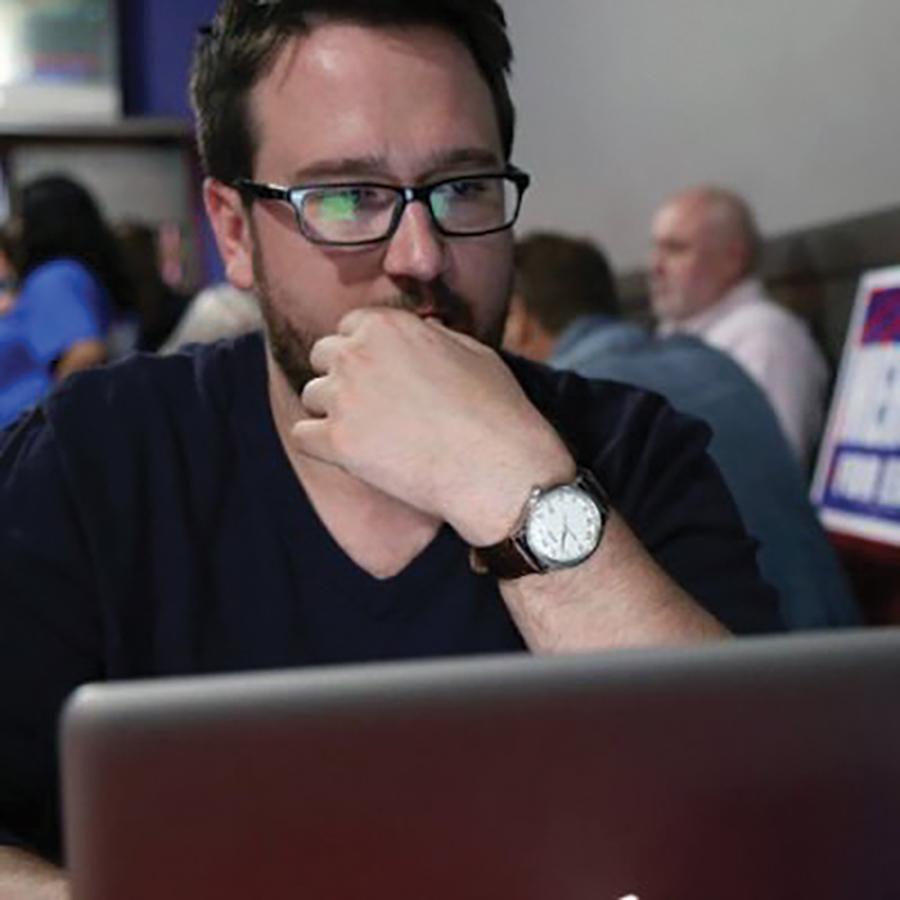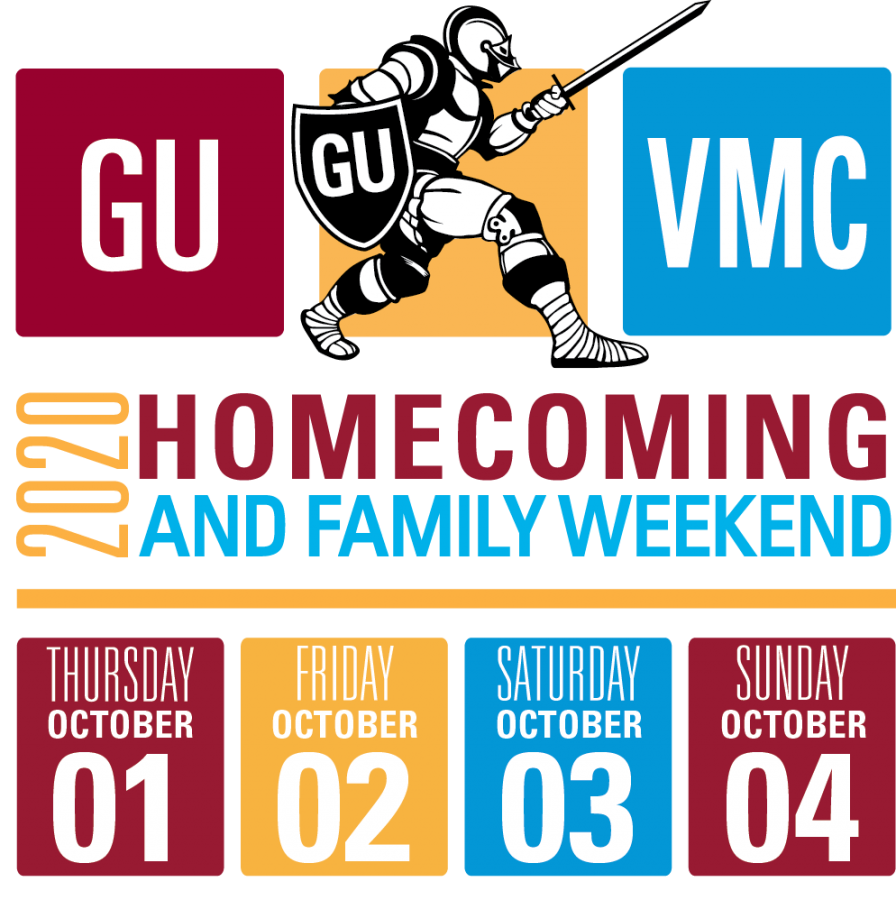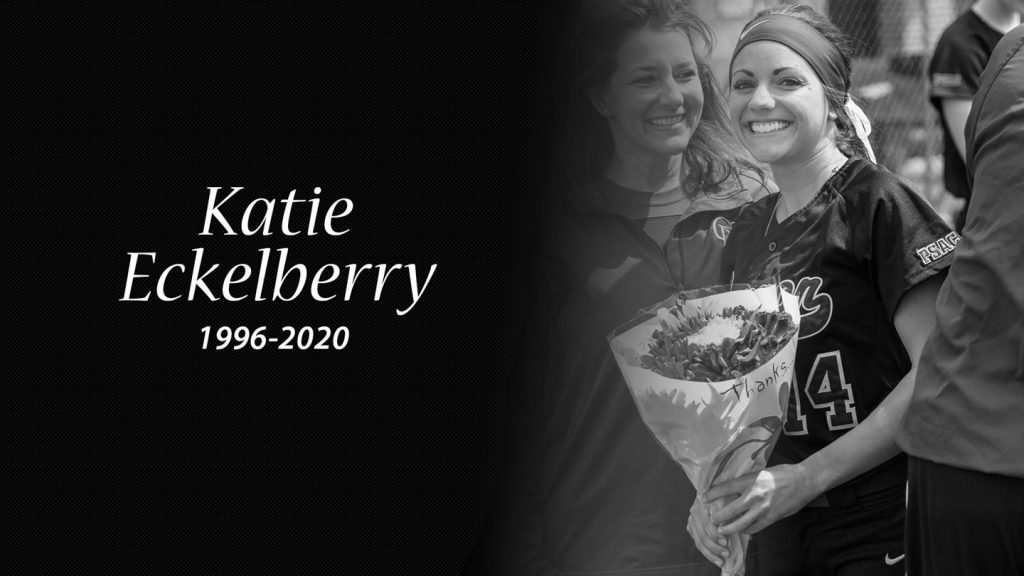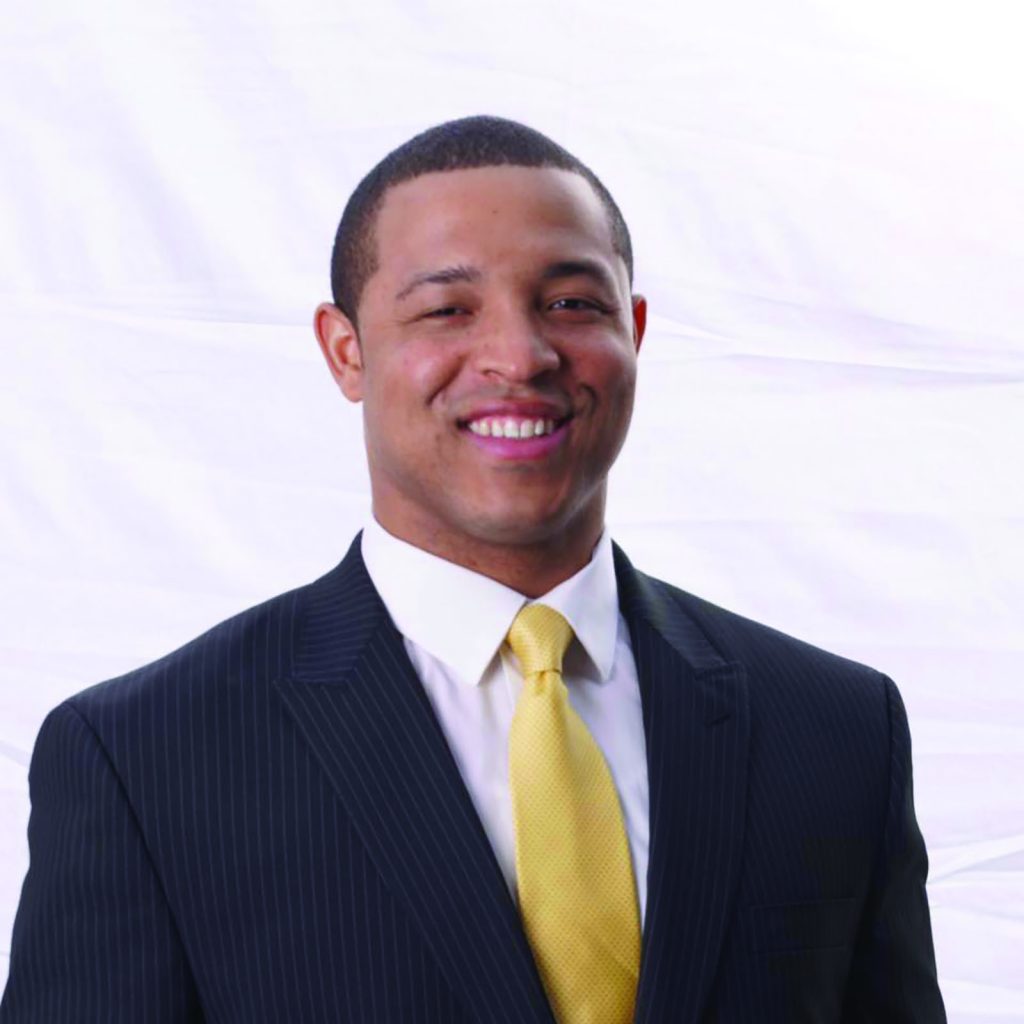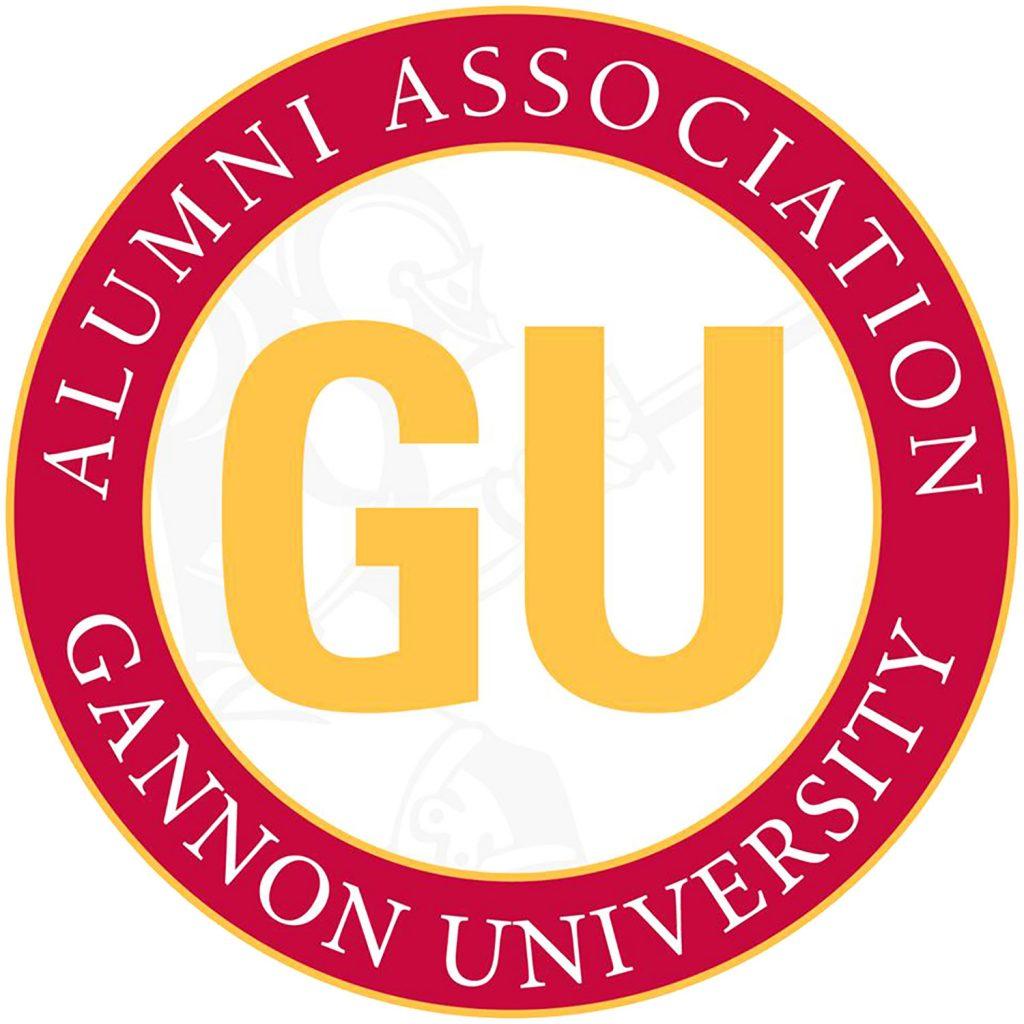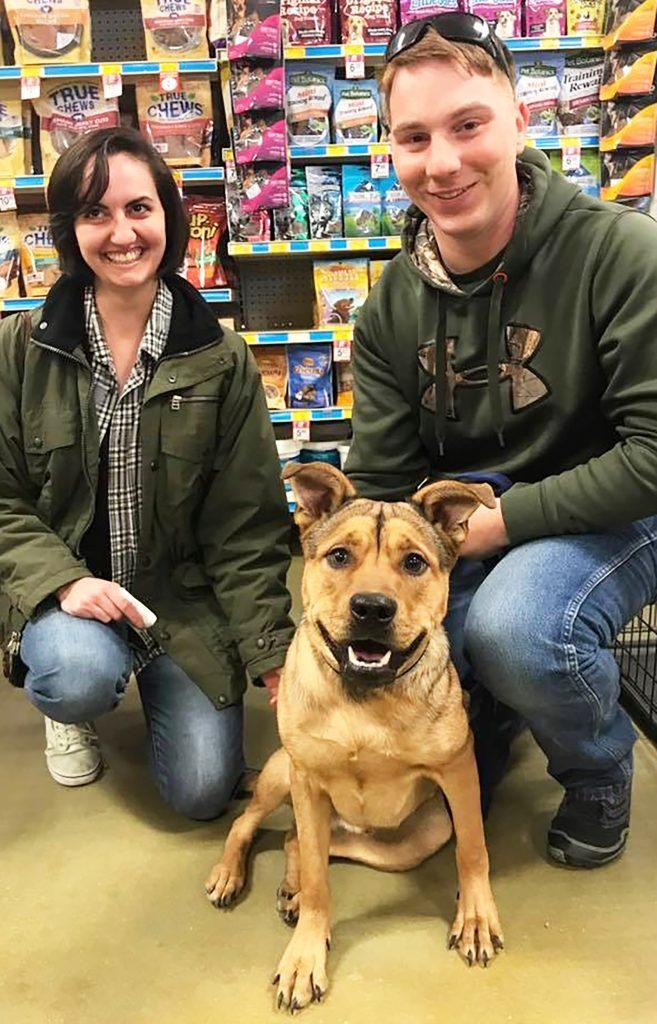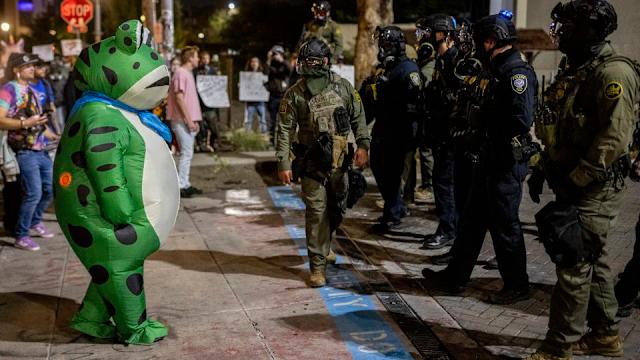All too often we measure our lives by the what’s next instead of the what is – and more importantly, the what could be. After high school, for me, the “what’s next” boiled down to get a job, enlist in the military or go to college. I opted for the latter, landing in Erie to attend Gannon University as an English major.
After three years that went by all too quickly, that what’s next feeling began bubbling beneath the surface again. Although the options were different, I took the same route: Go to college.
While hunting for graduate programs at the start of my senior year that I thought would be a good fit and solid continuation of my education, a faculty member told me that I shouldn’t be in a rush to leave Gannon, that I should consider applying to what would soon be my alma mater. Figuring that more options would be better than fewer, I did. The thought of remaining in Erie wasn’t something I had considered. I thought my next lie elsewhere – which is why I overlooked Gannon.
But if I were to strike up a conversation with my 22-year-old self, I’d tell him that deciding to stay in Erie would end up being among the best decisions he will have ever made because of the opportunity to affect change in the place he lived it would present itself to him at such a young age.
But two years and another degree later, what’s next showed up again. Yet, it didn’t have the sense of urgency that came at 22. This time, there wasn’t a push out of or pull away from shoving or tugging me.
Instead, I felt tethered to a place, involved in a city, and primed to continue making a go of it in Erie, enjoying the what is, which led me to explore with purpose the what could be. Finding that answer involved seeing myself as part of the city and not just someone in transit.
Because of its urban campus, Gannon introduces students to the heart of Erie. Really, there’s a lot to love about Erie, but chiefly, potential abounds here.
Unlike larger cities where a young 20-something can get lost in the throngs of the hundreds of thousands, Erie is a place where young people can have a quick impact because of its size.
Need proof? When I graduated the first time, Erie didn’t boast an educational think tank. Today, the less-than-a-decade-old Jefferson Educational Society is led by a 32-year-old executive director and brings in internationally renowned speakers, publishes essays and books, and instructs young leaders interested in developing their civic lives.
When I graduated the second time, Erie didn’t have an independent alternative paper – the type often associated with larger, culturally diverse cities. I helped found the Erie Reader in 2011 and the award-winning alt. weekly is still reporting of Erie’s vibrancy.
From food trucks to art venues, from world-class animation studios to newly minted co-working spaces, Erie’s grown quickly in the past few years. So if I were to strike up conversation with my 18-year-old self, I’d tell him that he ought not to wait until 22 or 24 to see Erie as a city with potential. And I’d tell him to spread the word among his friends – that this city welcomes their potential.
BEN SPEGGEN


